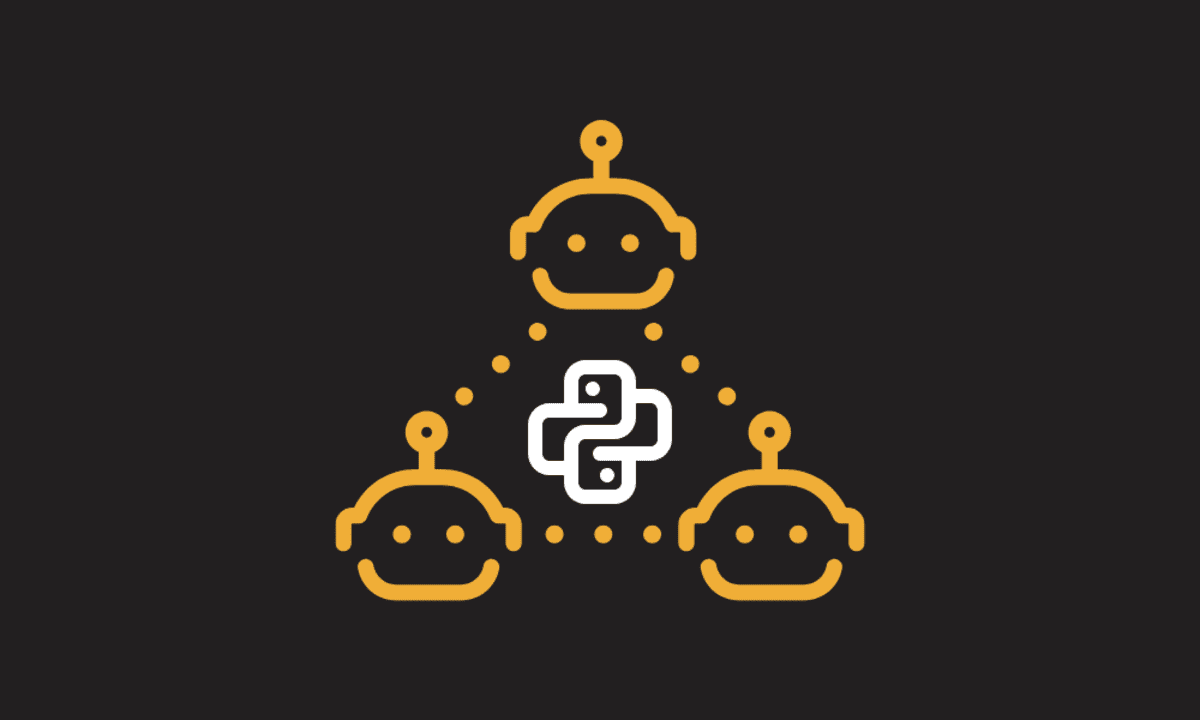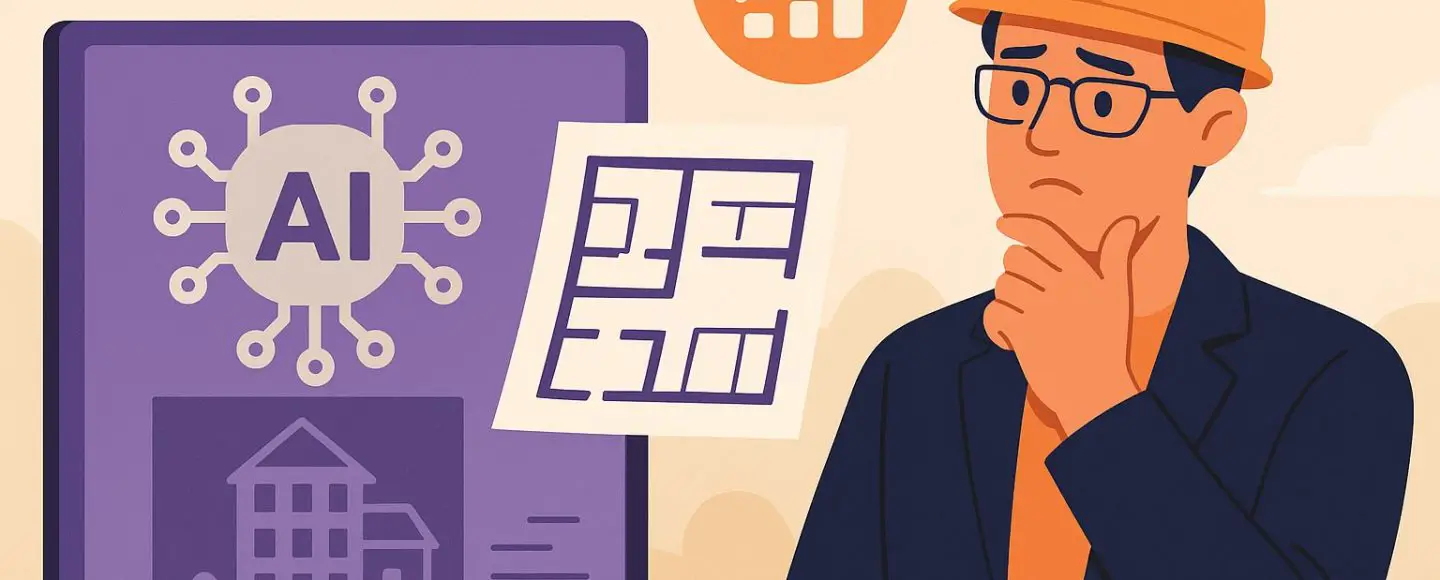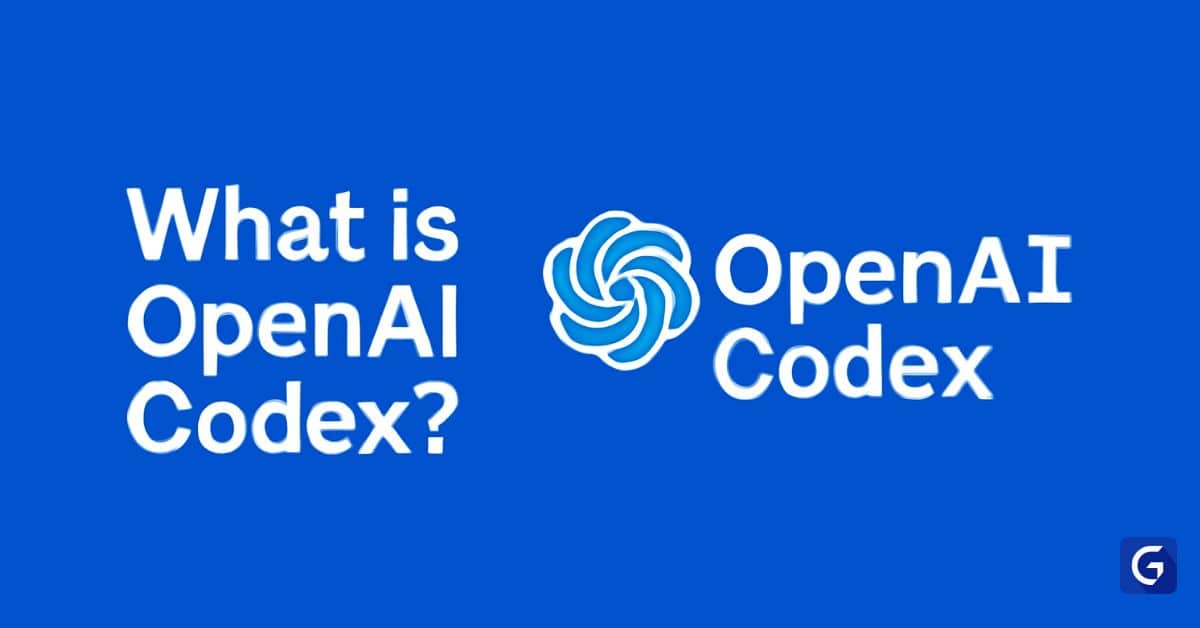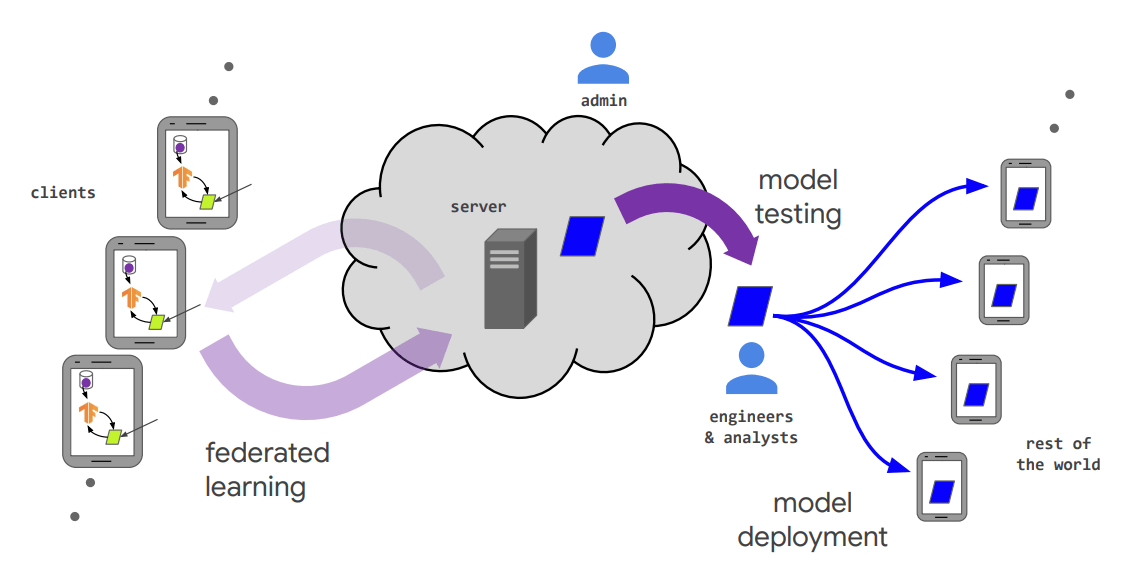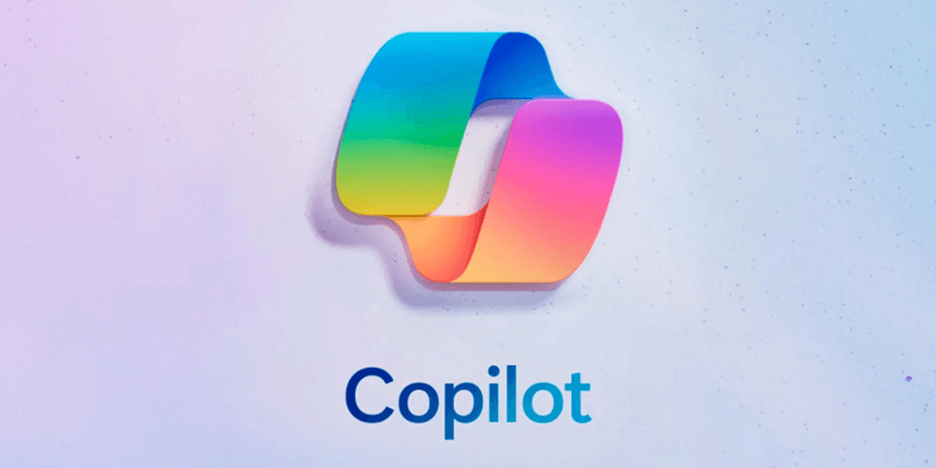This site uses cookies. By continuing to browse the site you are agreeing to our use of cookies.
All
Data Machina
1RedDrop
AIMultiple Research
Yatter Blog
TOPBOTS
AI Weekly Blog
The Spritle
Saal AI Insights
MarkTechPost
Robot Writers AI
Marketing AI Institute
Unite AI
Isentia
Clarifai
KDnuggets
DLabs AI
AI Summer
AI2People
Hanh Brown
DeepMind
DataRobot
AI Time Journal
MetaDevo
DeepCognition
AI Hub Blog
Marek Rosa's Blog
Chatbots Life
MIT Technology Review
AI News Blog
AI Plus Info Blog
Expert System
Cogito Tech Blog
Machine Intelligence Research Institute
BAIR Blog
Shaip Blog
Great Learning AI
Top Marketing AI
Bigly Sales Blog
Daily AI
Dale on AI
Datumbox
The Next Web
Chatbots Magazine
Big Data Analytics
RStudio AI
Vue.ai Blog
SAS Blog
Nanonets Blog
O'Reilly Radar
TechSpective AI
Computational Intelligence
Fusemachines Insights Blog
Qudata
Microsoft AI Blog
Appzoon Blog
Becoming Human
WGMimedia
USM Systems
SI Corr
Find New AI
Artificial Lawyer
Machine Learning Mastery
AI Tool Nyheter
AIParabellum
AI Revolution
Viact.ai
Kore.ai
Guide to Setting Up a Business Bank Account i...
May 16, 2025 0
Top 10 Small Business Finance Tips for Beginn...
May 16, 2025 0
Top Money Transfer Apps USA with Lowest Fees ...
May 16, 2025 0
Unlocking Financial Freedom Early: How Young ...
May 13, 2025 0
Announcing Gemma 3n preview: Powerful, effici...
May 20, 2025 0
Miscellaneous Links #42
May 12, 2025 0
Miscellaneous Links #43
May 12, 2025 0
Making Decisions Less Painful
May 12, 2025 0
Miscellaneous Links #44
May 12, 2025 0
Affiliate Marketing Strategies: How to Genera...
May 17, 2025 0
AI Agent vs AI Chatbot – Which is Better in 2...
May 15, 2025 0
Weekly Review 23 May 2025
May 23, 2025 0
Weekly Review 9 May 2025
May 17, 2025 0
Soft Computing, Volume 29, Issue 6, March 2025
May 15, 2025 0
IEEE Transactions on Artificial Intelligence,...
May 14, 2025 0
- Home
- LIVE TV
- About us
-
News Source
- All
- Data Machina
- 1RedDrop
- AIMultiple Research
- Yatter Blog
- TOPBOTS
- AI Weekly Blog
- The Spritle
- Saal AI Insights
- MarkTechPost
- Robot Writers AI
- Marketing AI Institute
- Unite AI
- Isentia
- Clarifai
- KDnuggets
- DLabs AI
- AI Summer
- AI2People
- Hanh Brown
- DeepMind
- DataRobot
- AI Time Journal
- MetaDevo
- DeepCognition
- AI Hub Blog
- Marek Rosa's Blog
- Chatbots Life
- MIT Technology Review
- AI News Blog
- AI Plus Info Blog
- Expert System
- Cogito Tech Blog
- Machine Intelligence Research Institute
- BAIR Blog
- Shaip Blog
- Great Learning AI
- Top Marketing AI
- Bigly Sales Blog
- Daily AI
- Dale on AI
- Datumbox
- The Next Web
- Chatbots Magazine
- Big Data Analytics
- RStudio AI
- Vue.ai Blog
- SAS Blog
- Nanonets Blog
- O'Reilly Radar
- TechSpective AI
- Computational Intelligence
- Fusemachines Insights Blog
- Qudata
- Microsoft AI Blog
- Appzoon Blog
- Becoming Human
- WGMimedia
- USM Systems
- SI Corr
- Find New AI
- Artificial Lawyer
- Machine Learning Mastery
- AI Tool Nyheter
- AIParabellum
- AI Revolution
- Viact.ai
- Kore.ai
- Add AI feed
- Featured Apps







































![[The AI Show Episode 148]: Microsoft’s Quiet AI Layoffs, US Copyright Office’s Bombshell AI Guidance, 2025 State of Marketing AI Report, and OpenAI Codex](https://www.marketingaiinstitute.com/hubfs/ep%20148%20cover%20%281%29.png)


![[The AI Show Episode 146]: Rise of “AI-First” Companies, AI Job Disruption, GPT-4o Update Gets Rolled Back, How Big Consulting Firms Use AI, and Meta AI App](https://www.marketingaiinstitute.com/hubfs/ep%20146%20cover.png)











